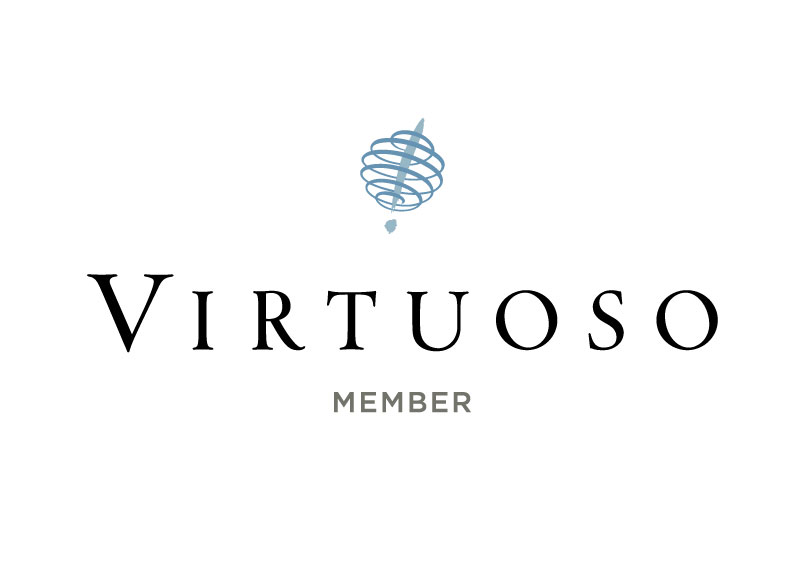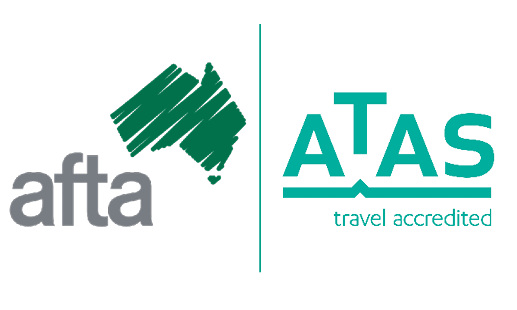
The New Era of Transformational Wellness: How Experts Are Reviving Holistic Health
In today’s fast-paced world, people turn to wellness retreats not just for a quick escape but for lasting transformation in their mental and physical health.

In today’s rapidly evolving work landscape, where change has become the new constant, one thing is abundantly clear: employees are demanding more when it comes to wellness. This post-pandemic era has underscored the importance of holistic well-being in the workplace, and organisations are heeding this call for change.
According to the Society for Human Resource Management’s 2022 Mental Health in America report, a staggering seventy-eight percent of employers either currently offer or plan to offer more health resources to their employees. While this statistic may suggest a positive trend towards healthier workplaces, the reality is more nuanced. Businessolver’s eighth annual State of the Workplace Empathy study in 2023 revealed that although many companies are prioritising wellness, the resources provided often fail to meet employees’ needs.
It’s evident that tackling workplace wellness requires more than just surface-level initiatives and unused benefits. After years of dedicated focus on organisational well-being, I’ve identified practical steps for fostering a corporate culture that truly prioritises wellness.
Securing Leadership Support
To initiate meaningful change, buy-in from the C-suite is essential. Leaders must understand the tangible benefits of prioritising employee health. Research from Gallup highlights the profound impact of employee wellness on organisational performance, including increased customer loyalty, profitability, quality, and reduced absenteeism and safety incidents.
To garner support from leadership:
Choosing a Holistic Framework
Central to any wellness initiative is selecting a comprehensive framework that addresses the diverse needs of employees. At Pure Health Travel, we advocate for five pillars of holistic wellness:
Each pillar encompasses a range of factors that contribute to overall wellness, ensuring a holistic approach to employee health.
Setting Wellness Objectives
During the initial phase of implementation, focus on educating employees about the wellness pillars and framework. Key objectives for the first year may include:
Identifying Key Players
In any organisational change process, it’s essential to recognise and engage with individuals who play crucial roles. These include:
Mapping Out the Calendar
To maintain momentum, designate specific time frames for each wellness pillar throughout the year. This allows for focused attention and engagement from employees. Incorporate a variety of activities such as webinars, podcasts, and newsletters to reinforce key messages and encourage participation.
Hosting a Launch Party
Building enthusiasm among employees is crucial for the success of any wellness initiative. A launch party serves as an opportunity to introduce the program, set goals, and encourage employee involvement. Incorporate wellness-themed activities such as wellness bingo or group stretching to kickstart engagement and foster a sense of community.
Incorporating Regular Feedback and Evaluation
Continuous feedback loops are essential for assessing the effectiveness of wellness initiatives and making necessary adjustments. Collect data on various wellness metrics and adapt programs based on employee feedback and organisational needs.
Creating an Ecosystem of Cultural Wellness
Ultimately, the goal is to cultivate a workplace culture where wellness is ingrained into every aspect of the organisation. Regular assessments and adjustments ensure that wellness remains a priority and evolves with the changing needs of employees.
Prioritising holistic wellness in the workplace isn’t just a trend—it’s a necessity for building resilient and high-performing organisations. By investing in employee health and well-being, companies can create environments where employees thrive, leading to greater success for all. At Pure Health Travel, we’re committed to leading the way towards a healthier, happier workforce.
**
For more information about corporate wellness meetings, reach out to us at +61420948828 or hello@purehealth.travel

In today’s fast-paced world, people turn to wellness retreats not just for a quick escape but for lasting transformation in their mental and physical health.

by Lindy Andrews Are you craving a holistic wellness experience that nourishes your body, mind, and soul? Ever wondered what the world leading wellness retreats

In an era where modern medicine often prioritises symptom management over addressing the root causes of ailments, the principles of holistic healing present a comprehensive

The rise of wellness travel has been further augmented in recent years by the growing popularity of medical tourism. Medical tourism entails travelling to another





Explore the transformative power of wellness travel. Discover how it can enhance your mental, physical, and emotional well-being while providing opportunities for self-discovery and personal growth. Join us on a journey to understand why travelling for wellness experiences is the key to a more balanced and fulfilling life.
This business is independently owned and operated by Brav Health Pty. Ltd (ABN 71 648 828 817) trading as Pure Health Travel. Pure Health Travel is an affiliate member of leading Australian travel company, Frontier Travel. Frontier Travel is an AFTA member, ATAS accredited and a member of Virtuoso.